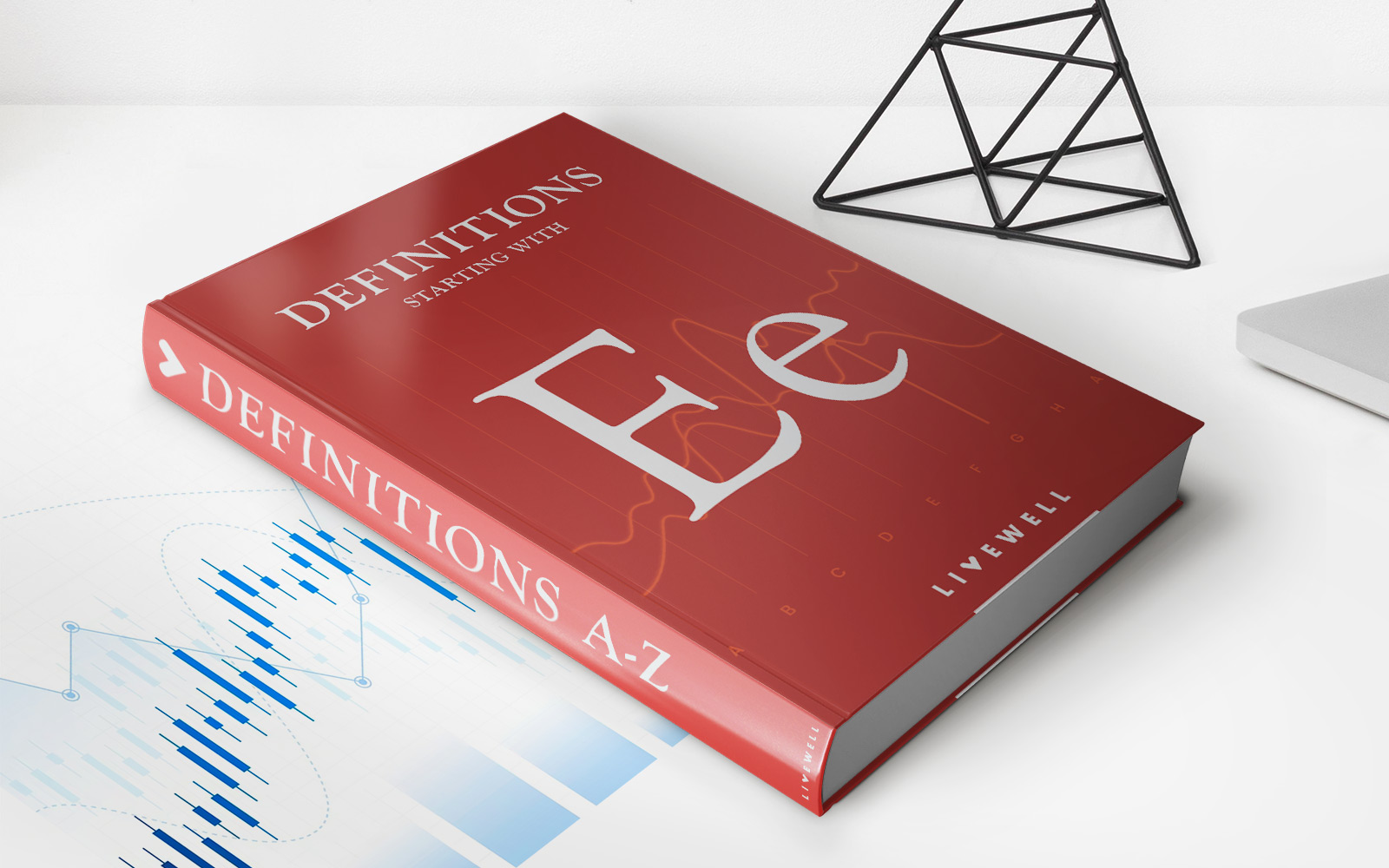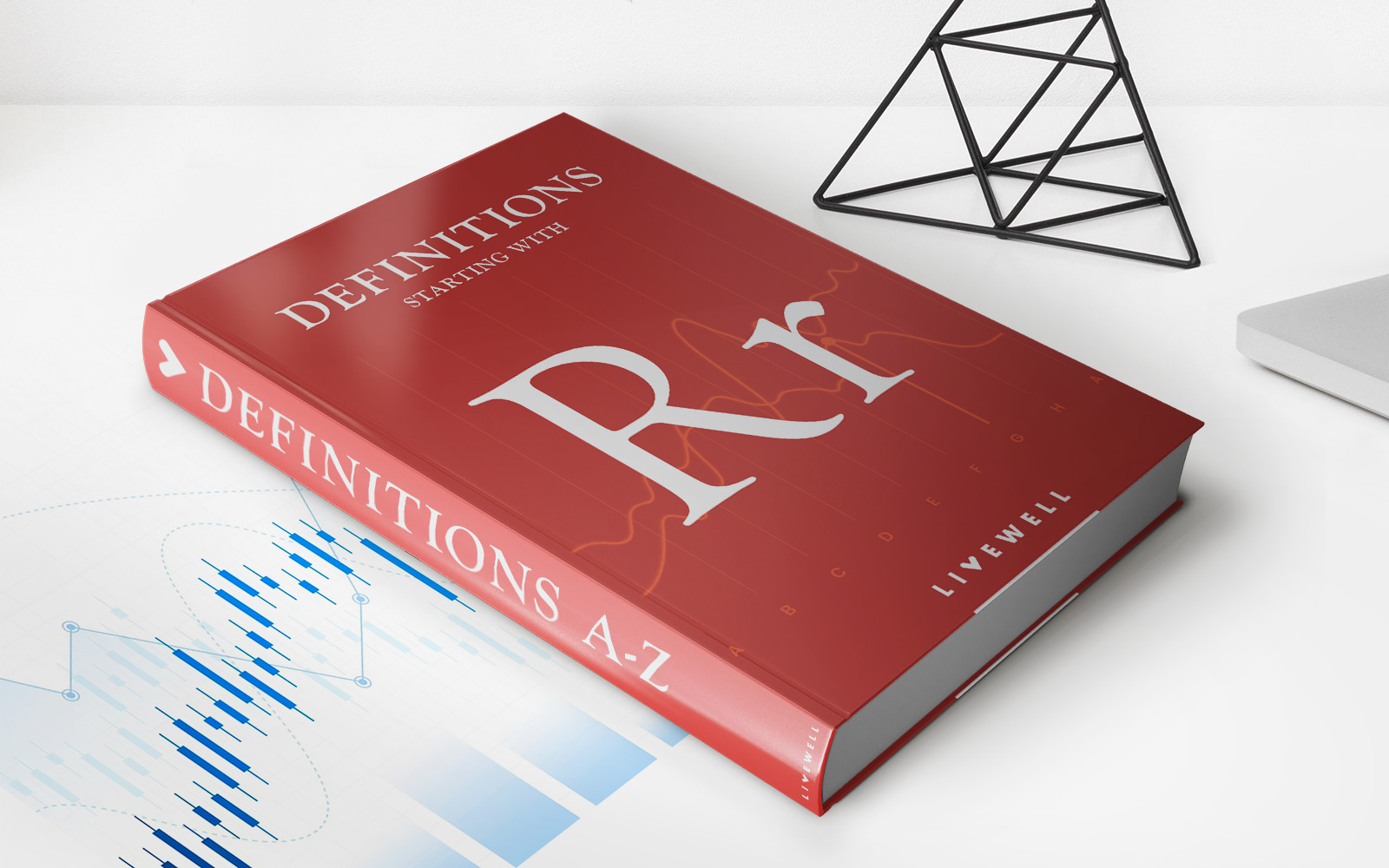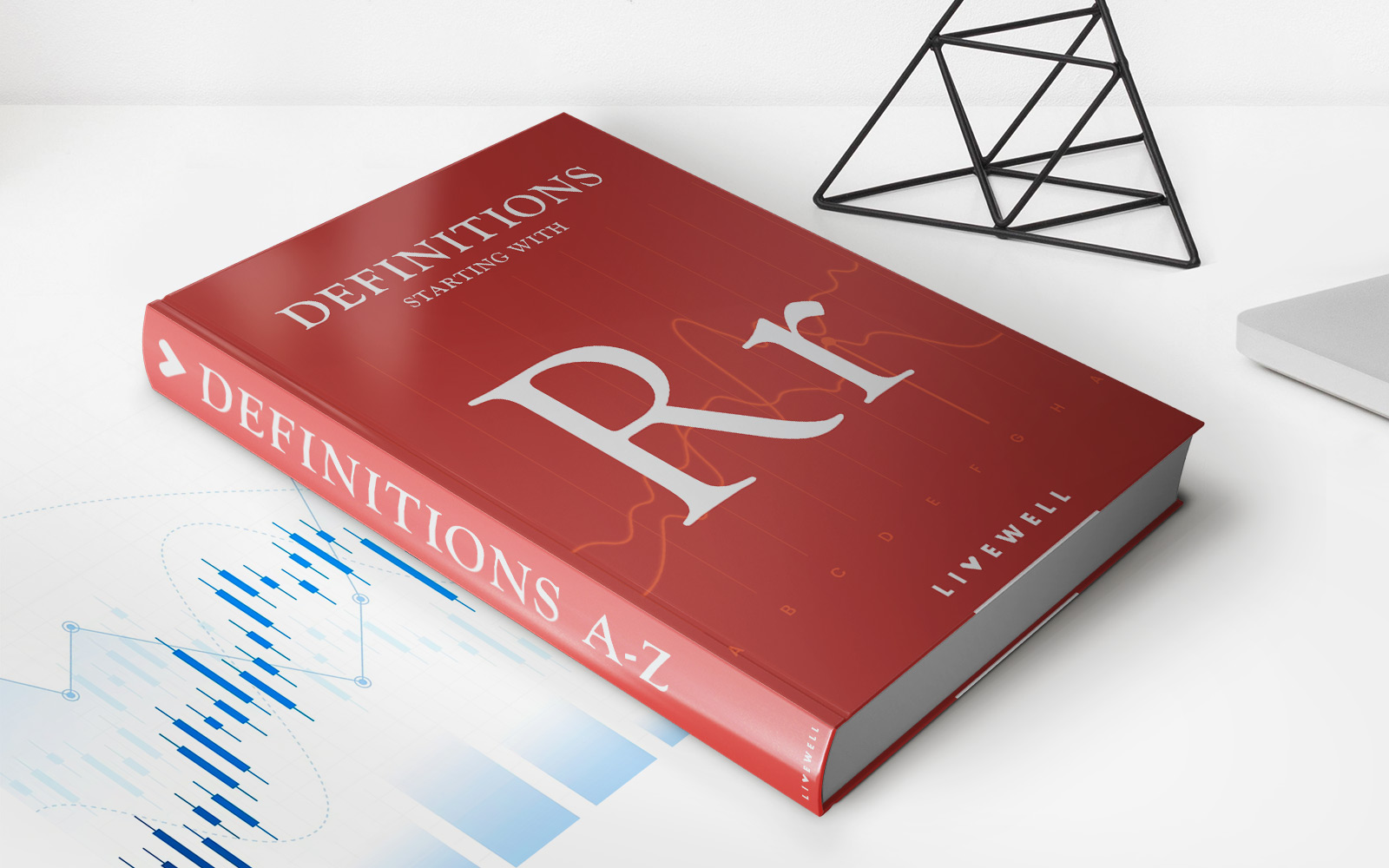Home>Finance>51% Attack: Definition, Who Is At Risk, Example, And Cost


Finance
51% Attack: Definition, Who Is At Risk, Example, And Cost
Published: September 24, 2023
Learn about the 51% attack in finance: Definition, who is at risk, an example, and the associated cost. Stay informed and protect your investments.
(Many of the links in this article redirect to a specific reviewed product. Your purchase of these products through affiliate links helps to generate commission for LiveWell, at no extra cost. Learn more)
51% Attack: Definition, Who Is At Risk, Example, and Cost
Welcome to our Finance category, where we dive deep into the world of cryptocurrencies, investments, and financial strategies. In this blog post, we’ll be exploring the concept of a 51% attack in the world of blockchain technology. Whether you’re a seasoned crypto enthusiast or just starting to dip your toes into the world of finance, understanding the risks and implications of a 51% attack is crucial. So, let’s get started!
Key Takeaways:
- A 51% attack occurs when a single entity or group gains control of more than half of the mining power in a blockchain network.
- This attack can potentially enable the attacker to manipulate transactions, double-spend coins, and compromise the integrity of the network.
What is a 51% Attack?
A 51% attack, also known as a majority attack or double-spending attack, is a potential vulnerability in blockchain networks that rely on proof-of-work (PoW) consensus algorithms. In a PoW blockchain network, miners validate and add new transactions to the blockchain by solving complex mathematical puzzles.
A 51% attack occurs when a single entity or group controls more than 50% of the total mining power in the network. With majority control, the attacker gains the ability to manipulate transactions and potentially disrupt the normal functioning of the blockchain.
Who Is At Risk?
While theoretically possible, executing a 51% attack on major cryptocurrencies like Bitcoin or Ethereum is highly unlikely due to their massive mining networks and decentralized nature. However, smaller and less secure blockchain networks may be more susceptible to such attacks.
Blockchain networks with a lower total hashing power, limited mining participation, or those dominated by a few large mining pools are at higher risk. Cryptocurrencies with lower market capitalization and less mainstream adoption are also more vulnerable to 51% attacks.
Example of a 51% Attack
One example of a successful 51% attack occurred in 2018 when the cryptocurrency Verge (XVG) fell victim to such an attack. The attacker gained control of more than 50% of the mining hashrate, allowing them to manipulate the blockchain and carry out a series of double-spending attacks.
This incident highlighted the importance of network security and the need for blockchain projects to take proactive measures to prevent and mitigate such attacks. Since then, the Verge development team has implemented additional security measures to reduce the risk of future 51% attacks.
Cost and Implications
The cost to carry out a 51% attack varies depending on the cryptocurrency’s mining algorithm, network size, and security measures in place. Factors such as the rental cost of mining equipment, electricity expenses, and the potential gains from the attack play a role in the overall cost.
The implications of a successful 51% attack can be significant. The attacker may be able to reverse transactions, double-spend coins, or manipulate the network to their advantage. This can lead to a loss of confidence in the cryptocurrency, reduced market value, and potential financial losses for holders and investors.
In Conclusion
In the world of blockchain technology, a 51% attack represents a potential vulnerability that requires constant vigilance and proactive measures from blockchain projects. While major cryptocurrencies like Bitcoin and Ethereum are unlikely to fall victim to such attacks, smaller and less secure networks remain at risk. By understanding the implications of a 51% attack and the factors that make a network vulnerable, investors and enthusiasts can make informed decisions and support projects with robust security measures.
Stay tuned for more insightful articles on finance and blockchain technology, brought to you by our passionate team at [Your Company Name].














